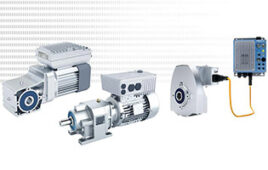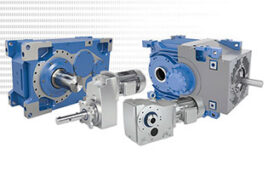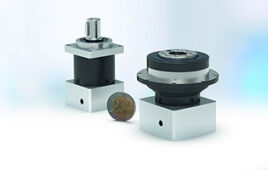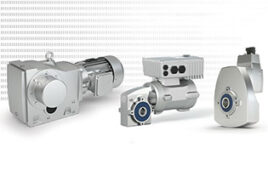
Timken floating CRB bearing examples.
Edited by Mike Santora
A floating bearing arrangement is a bearing arrangement or configuration in which the bearings and the mating component(s) are able to move freely relative to each other in either the radial or axial direction. The intended direction of free movement is determined by the type of bearings used in the system or possibly by the equipment requirements and expected operating conditions, although the most common example is floating in the axial direction. The most commonly understood floating action bearing system takes place between the inner ring and shaft diameter or between the outer ring and housing bore. However, there are other means of incorporating float capability, depending on the bearing type and configuration used in a given piece of equipment, which could be based on operating requirements and application loading.
Other common examples of bearing floating capability are cylindrical roller bearings utilizing an outer ring or inner ring with no flanges, allowing the floating action to take place within the bearing itself, or incorporating lateral bearings into the base of a fixed housing arrangement to accommodate the axial movement required during operation. Common applications where a floating bearing arrangement is necessary are those that are expected to see a thermal gradient between the shaft and housing during operation, which leads to thermal growth or expansion of one entity at a faster pace than the other. Examples of such applications may include heated roll applications in a paper mill, which experience axial thermal expansion sooner than the associated housing supporting the bearings, or a standard gearbox application where the rotating shaft and bearing inner rings warm up quicker than the housing in startup conditions.
Other less common applications where a floating bearing arrangement is necessary are those where radial and thrust bearings are used in combination to handle both radial and axial loads simultaneously, yet individually, such as a radial ball bearing and a thrust ball bearing used side by side. In this case, the radial bearing must be allowed to float axially while the thrust bearing can float radially to ensure each bearing type takes only the intended applied loads. As described, the most common need for a floating bearing arrangement are those applications with expected axial thermal growth due to shaft and housing temperature gradients during operation; however, there are certain cases that require float capability to support the given bearing types and allow for intended load share.
Timken
www.timken.com
Filed Under: Gears • gearheads • speed reducers





Tell Us What You Think!